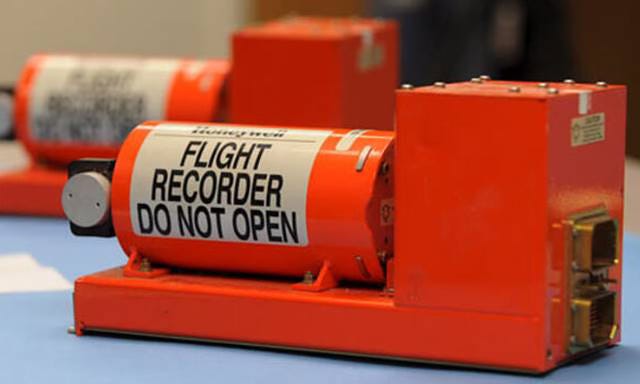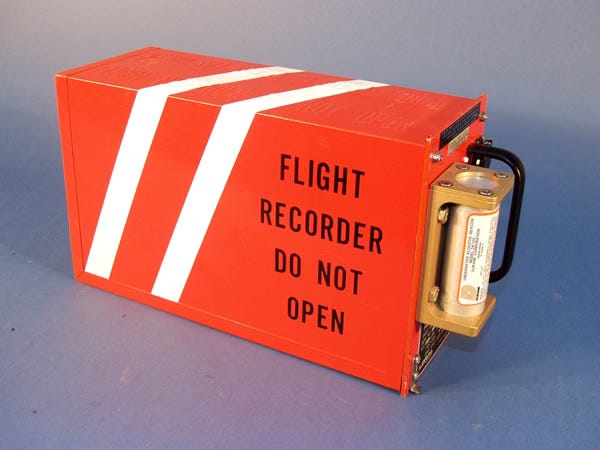Air India B-787 Tragedy: A Time for Compassion, Not Conclusions
Let’s honor the lives lost and resist the rush to speculation. For nervous flyers: stay grounded in facts, not fear.
Today brings heartbreaking news that I know many of you have already seen or heard about. An Air India Boeing 787 bound for London with 242 people aboard crashed shortly after takeoff from Ahmedabad, India. The loss of life is devastating, and our hearts go out to everyone affected.
Let's Take a Breath Together
Right now, I want to ask you to do something with me: step away from the endless news cycle, the social media feeds, and the speculation. Turn off the notifications. Close the browser tabs. Put down your phone.
This tragedy deserves our respect, our prayers, and our compassion, not our anxious consumption of every breaking update and unverified detail that floods our screens in the hours after an incident like this.
We don't know what happened yet. And that's okay.
The investigation will take time. Real answers, the kind that matter don't come in the first few hours of breathless reporting. They come from methodical, careful work by aviation safety experts who will examine every piece of evidence with the thoroughness this tragedy deserves.
How the Investigation Will Unfold
For those unfamiliar with how aviation investigations work, let me briefly explain what happens next. This process is designed to uncover the truth, not to assign blame, but to prevent future tragedies.
Investigators will first focus on recovering the aircraft's "black boxes" though they're actually bright orange for visibility. These are two critical devices that survived the crash:
The Flight Data Recorder (FDR) captures hundreds of parameters about the aircraft's performance—altitude, speed, engine readings, control inputs, and more. It's like having a complete medical chart of the aircraft's final moments.
The Cockpit Voice Recorder (CVR) preserves the last two hours of conversations in the cockpit, radio communications, and ambient sounds. This provides crucial context about what the crew was experiencing and how they responded.
These devices are built to withstand extreme conditions—they can survive impacts of 3,400 Gs, temperatures up to 2,000°F, and remain underwater for 30 days while transmitting location signals.
Beyond the black boxes, investigators will examine weather conditions, air traffic control communications, maintenance records, crew qualifications and rest periods, and every piece of wreckage. They'll recreate the aircraft's final flight path and interview anyone who interacted with the flight.
This painstaking process typically takes 12-18 months to complete, sometimes longer for complex cases.
A Prayer for All Affected
Let's pause to remember not just those aboard the aircraft, but also those on the ground whose lives were forever changed today. Families, first responders, entire communities are grieving. They deserve our thoughts and prayers, not our endless scrolling through footage and speculation.
In moments like these, our shared humanity matters more than our need for immediate answers.
The Bigger Picture We Must Remember
I know many of you are feeling that familiar knot in your stomach right now. Your flight anxiety may be spiking. You might be questioning your upcoming travel plans or wondering if flying is really as safe as everyone says it is.
Let me remind you of something important: aviation remains the safest form of travel by an enormous margin.
Commercial aviation accidents like this are extraordinarily rare. Even including today's tragedy, you are statistically far safer in an aircraft than in your car driving to the grocery store. The numbers haven't changed because of one incident, no matter how devastating it feels in this moment.
The aviation industry's safety record exists precisely because every accident even the rare ones leads to intensive investigation, learning, and improvement. Every lesson learned from past tragedies has made flying safer for everyone who comes after.
Consider this: many of the safety systems on the aircraft you'll fly next month exist because investigators decades ago meticulously studied accidents, identified problems, and demanded solutions. Ground proximity warning systems, enhanced weather radar, improved runway lighting, better pilot training protocols, stronger cockpit doors countless innovations emerged from the painful lessons of past accidents.
This investigation will likely yield new insights that make aviation even safer. That's how the system works: tragedy leads to knowledge, knowledge leads to change, and change saves lives in the future. The system gets safer because experts take each incident seriously and implement changes that prevent similar occurrences.
What We Can Control
In the coming days and weeks, you'll see extensive media coverage, expert analysis, and eventually, official findings. Some of this information will be helpful; much of it will be speculation designed to fill airtime and generate clicks.
Here's what we can control:
How much of this coverage we consume
Whether we choose fear or facts to guide our decisions
How we support each other in this community
Our compassion for those directly affected by this tragedy
Moving Forward
If you have flights booked and you're feeling anxious right now, that's completely normal. Reach out to someone you trust. Practice the breathing techniques highlighted in my In-Flight Calm: Techniques to Relax at 30,000 Feet. Remember that your feelings are valid, but they don't change the statistical reality of aviation safety.
When you're ready to fly again whether that's next week or next year commercial aviation will still be the safest way to travel.
One tragic accident doesn't change decades of safety improvements and millions of successful flights and the thousands of safe flights that happen every single day around the globe.
A Final Thought
Today is a day for grieving, not for fear-mongering or anxiety spirals. Let's honor those we've lost by responding with grace, patience, and perspective.
Take care of yourselves. Check in with each other. And remember: it's okay to step away from the news and social media until you're ready to engage with information that truly serves you.
We're in this together.
With compassion and solidarity,
Pilot Nick








Thanks for sharing this, very helpful for us to know what happens behind the scenes when tragedy strikes.